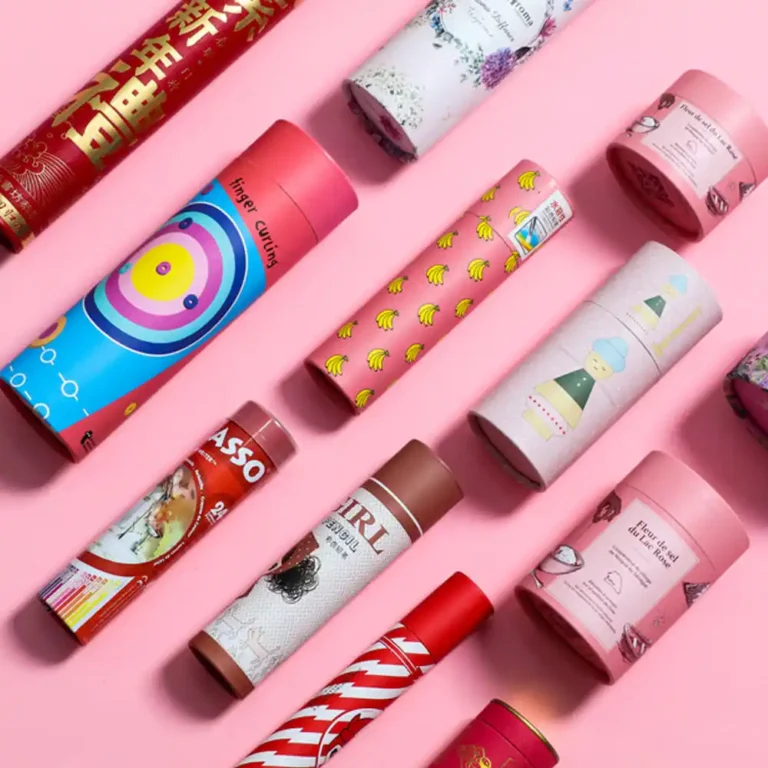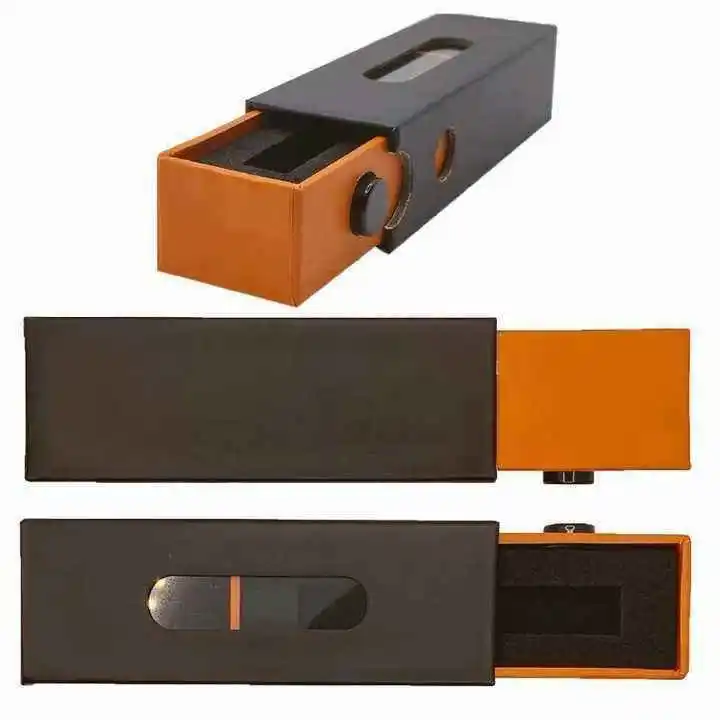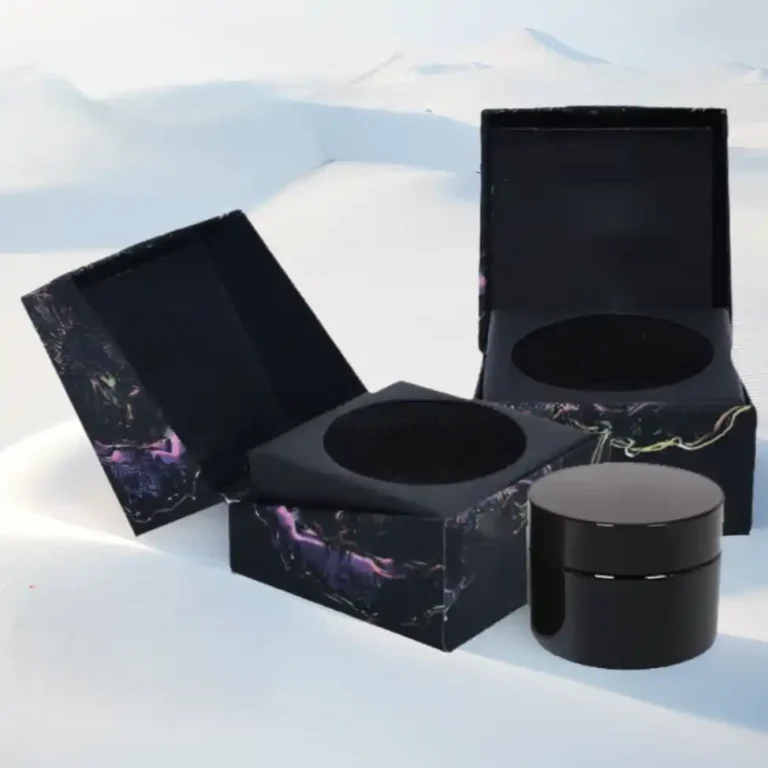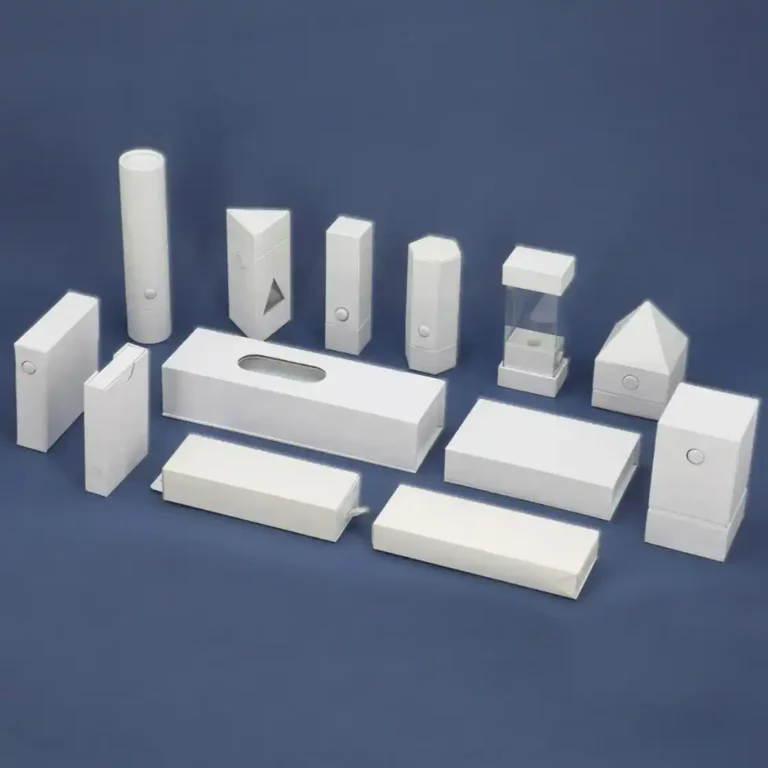How Much Does Custom Packaging Cost?
If you have ever asked three suppliers for a quote and received three completely different answers, you have met the reality of custom packaging. You are not just buying a box. You are paying for structure, materials, finishing, compliance, logistics and the little details that shape how your customer feels in the first three seconds of unboxing.
Once you see what actually drives the numbers, you can stop guessing, brief suppliers more clearly and choose where to invest for the biggest impact.
Table of Contents
Understanding the Basics: Why Prices Vary
Custom packaging prices are shaped by a few big levers: structure, materials, the product itself and the brand experience you want to deliver.
Packaging structure and design complexity
A simple folding carton is one thing. A multi-piece rigid gift box with magnets, ribbons and inserts is something else entirely.
Take a project like a custom luxury pink magnetic gift box with gold foil logo. It uses:
- Rigid board for strength
- A wrapped exterior for a seamless look
- Concealed magnets for a clean close
- Precise gold foil placement for a premium logo
Each of those elements adds perceived value, but it also adds cutting, wrapping, gluing, setup and quality checks. That is why two boxes that look vaguely similar in photos can sit in very different price brackets.
Packaging materials and surface finishes
Material choice is another major driver:
- Greyboard thickness changes how solid the box feels and how well it resists crushing.
- Standard coated paper is efficient and versatile. Fancy papers, pearlescent stock and soft-touch films feel special, but they cost more and are trickier to handle.
- Inserts can be simple cardboard, EVA foam, fabric-wrapped trays or molded pulp, each with its own cost profile.
A beauty project such as a custom magnetic closure gift box for cosmetics packaging layers rigid board, wrapped paper, magnet, insert and high-end printing to deliver a “vanity-worthy” feel. The choices behind that feel are exactly what you see reflected in the quote.
Product requirements and protection level
A cotton T-shirt, a glass perfume bottle and a metal watch all need very different levels of protection. That translates into:
- Stronger cores for weighty or fragile products
- More complex inserts to hold shapes securely
- Tighter tolerances so everything lines up and closes properly
Under-specifying in this area can make a quote look attractive at first and very painful later when you see damage and returns.
Brand positioning and unboxing experience
Finally, there is the story you want the packaging to tell. A minimal sleeve around a plain box sends one message. A satin-lined, rigid presentation box sends another.
If your brand lives in the luxury space, or if your product is often purchased as a gift, investing in details like foil, embossing, ribbons or specialty textures is not just decoration. It is part of your price justification. The key is to choose the few details that really speak for your brand instead of adding everything “just because.”
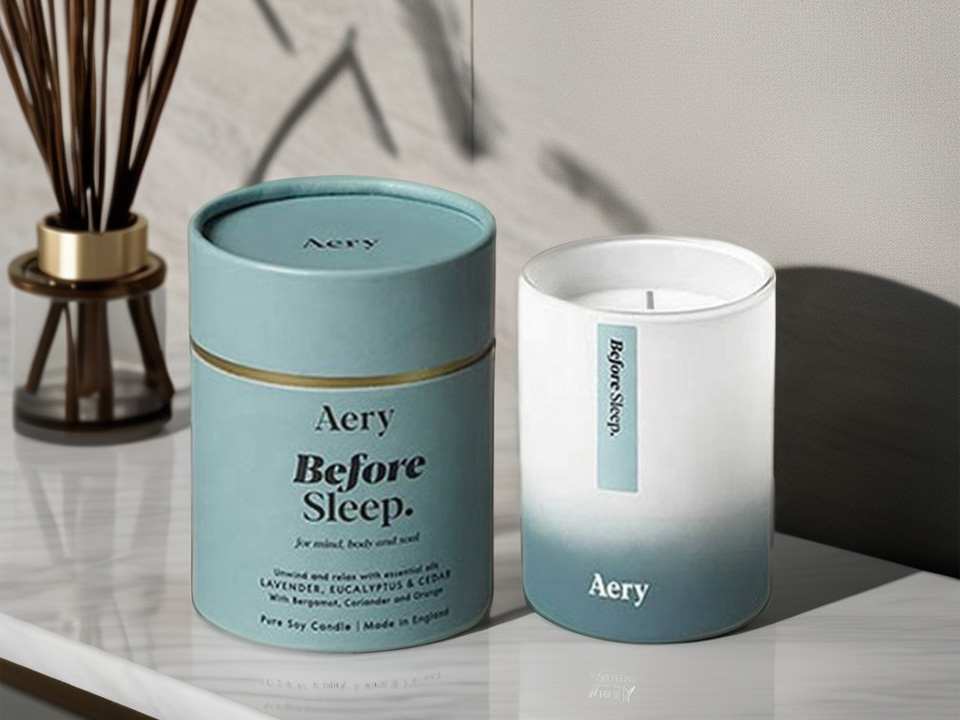
Printing Methods and Costs
Printing is where a lot of the visible magic happens, and it is also where a big piece of the budget lives.
Digital printing for flexible, lower-volume runs
Digital printing shines when:
- You are running small quantities
- You need frequent design changes
- You are testing artwork or limited editions
It has minimal setup, so you avoid heavy prepress charges on small runs. The trade-off is that once volumes grow, the per-unit cost does not drop as sharply as it does with traditional offset.
Offset printing for scale and color consistency
Offset printing is the workhorse for established designs and larger production:
- It uses plates and more setup at the beginning.
- Once you run higher volumes, unit costs become very competitive.
- Color consistency across multiple runs and product lines is easier to control.
If you have a stable style and understand you will certainly be reordering routinely, offset is typically the smarter long-term option.
Special finishes and secondary processes
Foil stamping, embossing, debossing, spot UV, soft-touch laminations and other special finishes are applied after printing. Each effect adds:
- Extra tooling or plates
- More passes through machines
- More opportunities for misalignment and waste
A statement piece like a custom designed luxury candle gift packaging boxes set uses print, foil, structural design and inserts to stage the product as a gift. The result feels high-end because there is real work and cost behind that feeling.
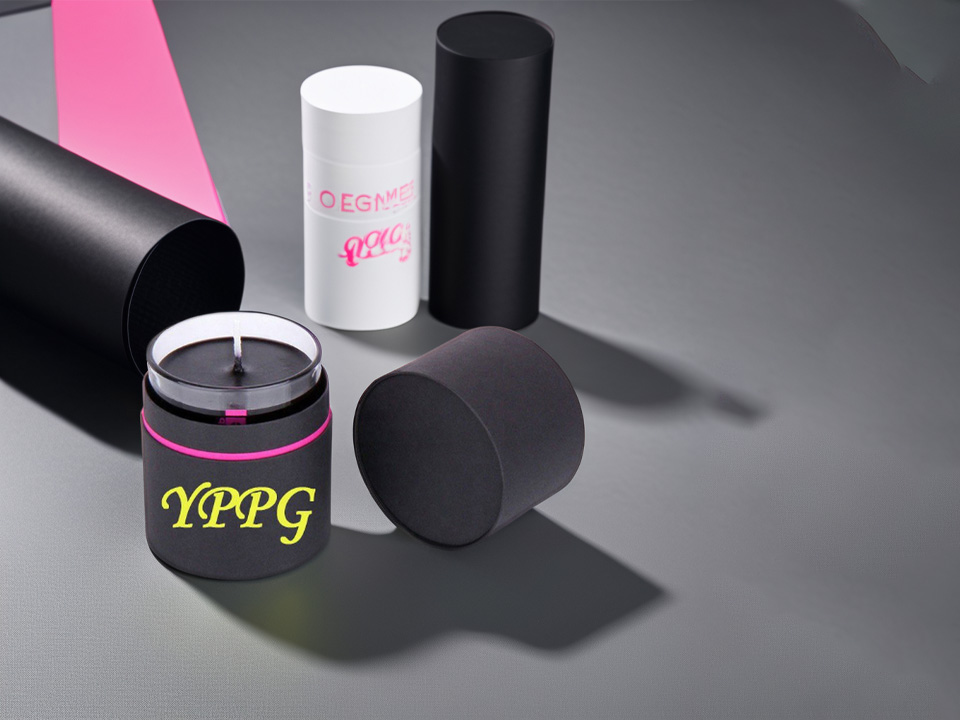
Order Quantity Matters
Order quantity is one of the easiest levers to overlook and one of the most powerful.
Fixed setup costs vs unit price
Every project carries fixed setup costs:
- Structural development and sampling
- Cutting dies and, for offset, printing plates
- Machine setup and color calibration
Those costs exist whether you make a small batch or a large batch. When you spread them across a tiny order, the unit price climbs. When you spread them across a larger order, the unit price drops.
This is why very small quantities of complex rigid boxes can feel expensive. You are asking a fully industrial process to run almost like a prototype.
When smaller runs still make strategic sense
There are plenty of moments when higher unit cost is still the right move:
- Pre-launch testing
- Influencer and PR sets
- Seasonal or holiday editions
- Highly targeted campaigns
In those cases, impact, learning and speed to market are often more valuable than squeezing every cent from the unit price.
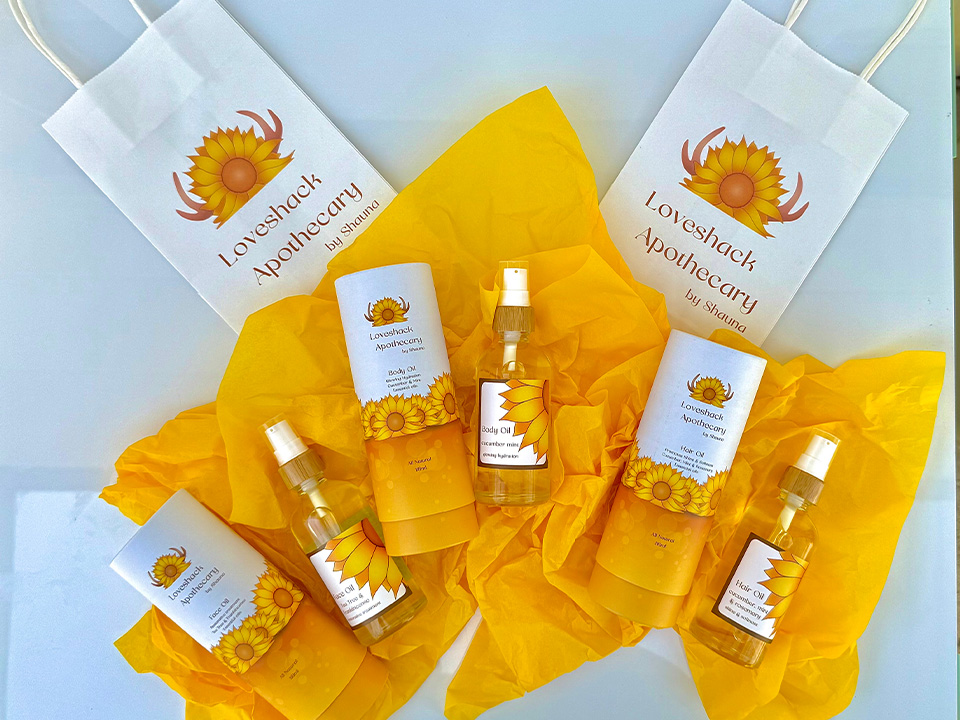
Hidden Costs You Might Miss
The number on the quotation is not the whole story. Several quiet factors affect your real packaging cost over time.
Sampling, revisions and decision speed
Samples are essential. A white dummy validates structure, a printed sample validates artwork and finish, and a pre-production sample validates the full pack.
If the brief is vague or keeps changing, you may end up with:
- Many more sample rounds than originally planned
- Slip in launch timelines
- Added internal design and coordination time
Clear goals, fast feedback and a sensible revision limit help keep sampling efficient and affordable.
Freight, storage and handling
How your packaging travels and where it lives also matters:
- Fully assembled rigid boxes take more space in transport and storage than flat-packed or collapsible options.
- Larger, heavier boxes can push you into more expensive shipping brackets.
- Complex packing or manual assembly steps at your warehouse increase labor cost.
Sometimes it makes sense to choose a space-efficient structure such as an eco-friendly sliding drawer gift box for jewelry packaging. You still get a refined experience, but you also protect yourself from inflated logistics bills.
Damage, returns and brand perception
If a box is too weak, poorly sized or missing the right insert, you risk:
- Crushed corners and scuffed surfaces
- Broken products
- Frustrated customers and higher return rates
The cost of replacing products, reshipping orders and repairing a dented brand image often outweighs the small saving you made by cutting structural corners.
Real-Life Case: Luxury Leather Belt Packaging
Imagine a menswear brand that has just raised the quality of its leather belts. The product is beautifully made, the price point is premium, but the packaging is still a basic carton. The belt looks expensive. The box does not.
To fix that, the brand works with a packaging partner and lands on a luxury rigid lid and base gift box for leather belt set.
Key design choices include:
- A rigid lid-and-base structure that feels substantial in the hand
- A custom insert to hold the belt and buckle in a clean, gift-ready layout
- A carefully sized profile that avoids excess material but still feels generous
- A logo treatment that echoes the hardware and communicates quality
On paper, this upgrade increases the packaging cost per unit compared with the old carton. In reality, it:
- Aligns the unboxing experience with the product’s price point
- Supports higher perceived value and stronger gifting appeal
- Provides richer content for lifestyle photography and social channels
Looked at through that wider lens, the question shifts from “How much does this box cost?” to “How much more can this box help the product earn?”
Special Scenario: Child-Resistant Packaging
For sectors like cannabis, pharmaceuticals and some household products, child-resistant features are not optional. They are a regulatory requirement.
A solution such as a custom child-resistant cannabis pre-roll packaging box set usually includes:
- A carefully engineered opening mechanism that meets child-resistance standards
- Stronger board and precise die-cutting to keep the mechanism reliable
- Extra testing to prove compliance
- Tighter process control on the production line
To the consumer, it still looks like a stylish drawer or rigid pack. Behind the scenes, there is far more structural engineering and validation.
All of that adds cost. But for brands in regulated categories, it is part of staying legal, protecting customers and building trust with retailers and regulators.
Tips to Maintain Expenses in Check
You do not need to choose in between ultra-premium and shateringly economical. With a little technique, you can strike a clever equilibrium.
Design a reusable packaging system
Instead of designing one-off boxes for every product, create a system:
- A core structure used across many SKUs
- Interchangeable inserts for different shapes
- Artwork variations that share the same base layout
For example, a custom printed kraft paper cylinder tube box for cocoa nibs can serve cocoa, coffee, tea or wellness blends with only minor adjustments. You reuse tooling and keep development work under control.
Focus premium touches where they matter most
Allow yourself a few hero moments: a foil logo, a distinctive texture, a ribbon closure on your flagship products. Leave simpler items in more restrained packaging.
Projects like the high-end custom rigid drawer gift box for jewelry with pouch show how a thoughtfully chosen combination of structure, insert and finish can carry a lot of perceived value without needing every effect in the book.
Share priorities and constraints with your partner
The more open you are about your price range, volumes and brand goals, the more effectively your supplier can guide you. If they know which elements are non-negotiable and which are flexible, they can suggest structures and materials that deliver the right experience without unnecessary cost.
The Zhibang Advantage
A strong manufacturing partner does more than print and glue. It helps you make better decisions about where your packaging budget goes.
With Zhibang Packaging, you tap into:
- A wide library of proven rigid, folding and tube solutions across industries
- Deep experience in luxury and giftable categories, from pink magnetic presentations to luxury gold cosmetic sets
- High-impact concepts such as the custom designed luxury candle gift packaging boxes set that show how structure and finishing can elevate a product
- Regulation-ready options like the custom child-resistant cannabis pre-roll packaging box set for sensitive markets
- Refined, space-smart designs such as the eco-friendly sliding drawer gift box for jewelry packaging and versatile tubes like the custom printed kraft paper cylinder tube box for cocoa nibs
Working with a team that understands both design and cost lets you treat price as a design tool, not a guessing game. The real win is not simply paying less per box, but spending each unit of budget where it creates the most value for your brand and your customers.






